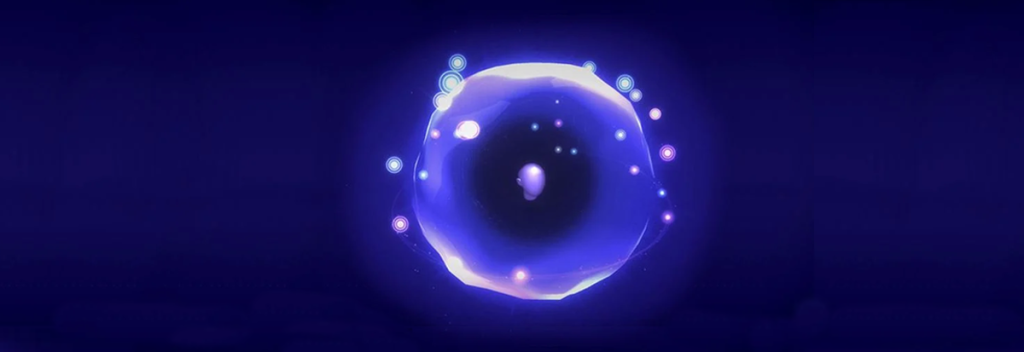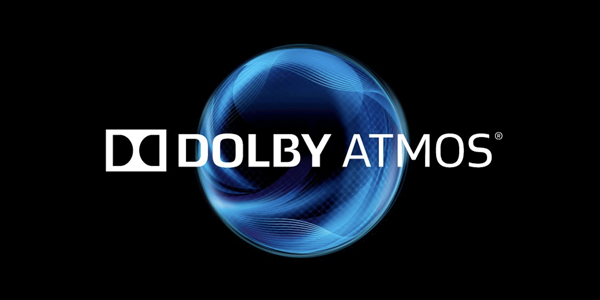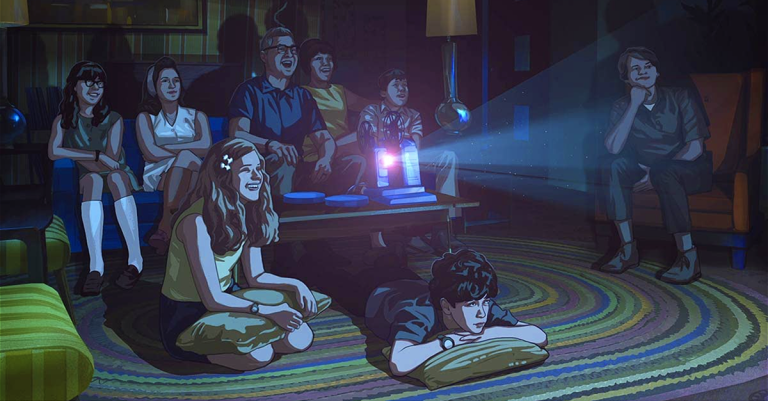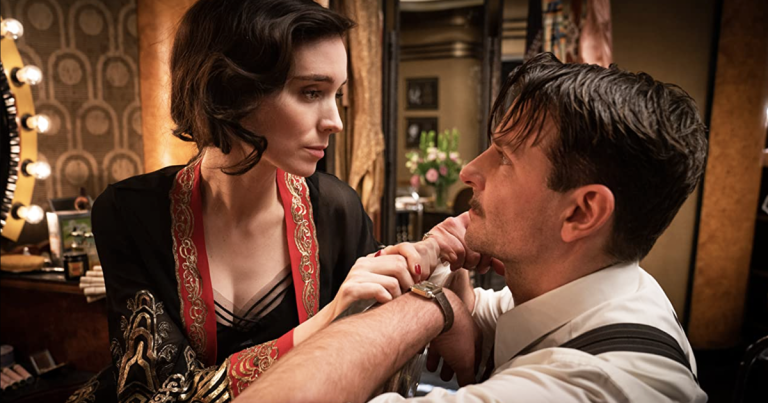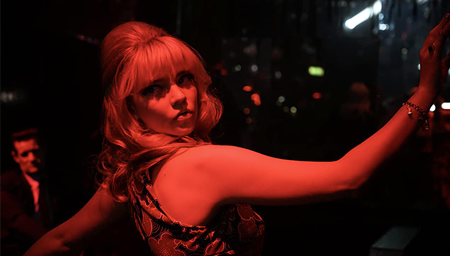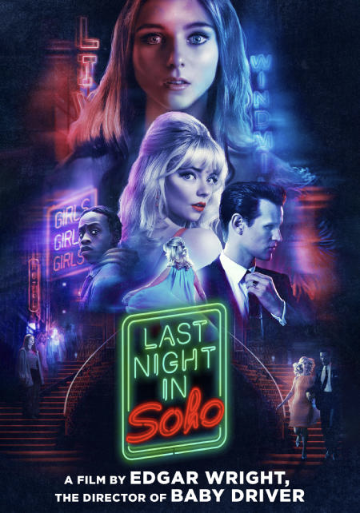related article
related reviews
Sign up for our monthly newsletter
to stay up to date on Cineluxe
The ultimate immersive format no longer relies on filling your room with gimmicky effects just to make its presence known
by Dennis Burger
April 19, 2022
It never fails. Every time I admit to liking a new Dolby Atmos mix, my fellow home-cinema aficionados refuse to let me live it down. They behave as if I’ve converted to some weird cult, or—more charitably—as if I’ve finally seen the light. You can almost hear them chanting, “One of us! One of us!“
And you could say I brought this on myself, given what a vocal detractor I’ve been of Atmos and other “immersive” audio formats. That I’ve recently had nice things to say about some of these mixes could, I acknowledge, be interpreted as a change of heart.
It isn’t. I haven’t changed. Nothing about my taste in surround sound mixing has evolved or softened, and if you put any of the abusive, distracting Atmos mixes I’ve griped about over the years in front of me now, I’d gripe just as vociferously. What has changed is that after a decade of trial and error, mixers have finally figured out how to make Atmos work with the films they accompany rather than against them. Of course, I’m not entirely sure you can blame the mixers. After all, those technicians and artists were simply giving early adopters what they demanded.
We see this sort of thing happen any time a new expansion of sound comes to market. Think back to the awful stereo mix for The Beatles’ Rubber Soul, an album that can only be truly appreciated as a cohesive work in mono. Even a few years later, the stereo mix for Jimi Hendrix’ Are You Experienced was a curiosity at best.
Fast forward to the era of digital surround sound, when DVD arrived on the scene and we were convinced to replace our old surround sound receivers with spiffy new 5.1 models. We all wanted to hear more discrete surround effects and more pronounced deep bass to justify our new purchases. As a result, Hollywood gave us soundtracks like that of The Fifth Element, which made for a great home theater demo but was a major distraction if you wanted to actually enjoy the movie. (Ironically, the 2015 Atmos remix is actually subtler and more immersive—meaning less distracting—than the 5.1 mix included with the original DVD in the late ’90s.)
It’s no surprise we had to go through the same growing pangs with Atmos. Or perhaps it would be more appropriate to call it an arms race. Those who were first to adopt Atmos at home shelled out a pretty penny to have additional speakers installed in their ceilings, more amps to drive them, and new receivers or preamps to decode and process the soundtracks; and they demanded to be rewarded for their investment with a torrent of sound coming from every which direction. But now that they’ve gotten their cheap fix, the rest of us can finally start to enjoy Atmos mixes that genuinely add something to the experience of watching a film rather than smacking you over the head with a newspaper at every opportunity.
Take Nightmare Alley. It’s hard to imagine a mix like this one being created—or tolerated—ten years ago at the dawn of Atmos. It’s often—though not always—subtle. There are things going on in the overhead channels almost constantly, but they all work in the service of creating and enhancing the mood of the film and the feel of its environments. It’s the slow roll of thunder overhead and off toward the horizon, as well as the hum of mercury-vapor lamps indoors, that make the film’s locations feel tangible and multi-dimensional. They draw you into the experience rather than pulling you out of it. The soundtrack doesn’t fill your room with sound—it makes your room disappear. You don’t consciously think about where the sound is being placed because it simply feels right.
But I’m not saying Atmos mixes have to be subtle to be effective. The immersive soundtrack for last year’s Dune is incredibly aggressive. It leans on the overhead channels far more than do many of the Atmos mixes from years past that I find overbearing and counterproductive. But re-recording mixers Ron Bartlett and Doug Hemphill knew what they were doing. They didn’t crank up the mix and leave it there. They leaned hardest on the overhead and surround channels at the moments when the film becomes a pure operatic experience of sight and sound, and also when the visuals are simply so compelling no audio gimmick could pull your focus away from the screen.
There have also been some recent experiments in Atmos that accomplish with sound what The Wizard of Oz did with Technicolor. Last Night in Soho is a perfect example. I can’t imagine that film working nearly as well without the benefit of its inventive 3D sound mix. The very shape of the soundfield is a subtle but unmissable clue about the lead character’s mental state and the delineation between reality and fantasy within the context of the narrative.
Granted, just because we’re getting there doesn’t mean we’re there yet. The recent Apollo 10½: A Space Age Childhood is a sweet and endearing little semi-autobiographical memoir that’s hobbled by an Atmos mix that treats the experience more like a theme-park ride than a work of cinema. Thankfully, such mixes are becoming less common, especially for films of this sort.
All of which is a long and roundabout way of saying that I haven’t come around to Atmos. I haven’t seen any light. I’m not a convert. I’ve long understood the potential of Atmos as a way of further immersing the viewer in the cinematic experience. I’ve simply been disappointed by Hollywood’s insistence upon using it to turn nearly every film into the experiential equivalent of Jaws 3-D. Now that it’s becoming something grownups can actually enjoy, I’m all for it. But make no mistake: I haven’t changed. Atmos has.
Dennis Burger is an avid Star Wars scholar, Tolkien fanatic, and Corvette enthusiast who somehow also manages to find time for technological passions including high-end audio, home automation, and video gaming. He lives in the armpit of Alabama with his wife Bethany and their four-legged child Bruno, a 75-pound American Staffordshire Terrier who thinks he’s a Pomeranian.
© 2023 Cineluxe LLC


